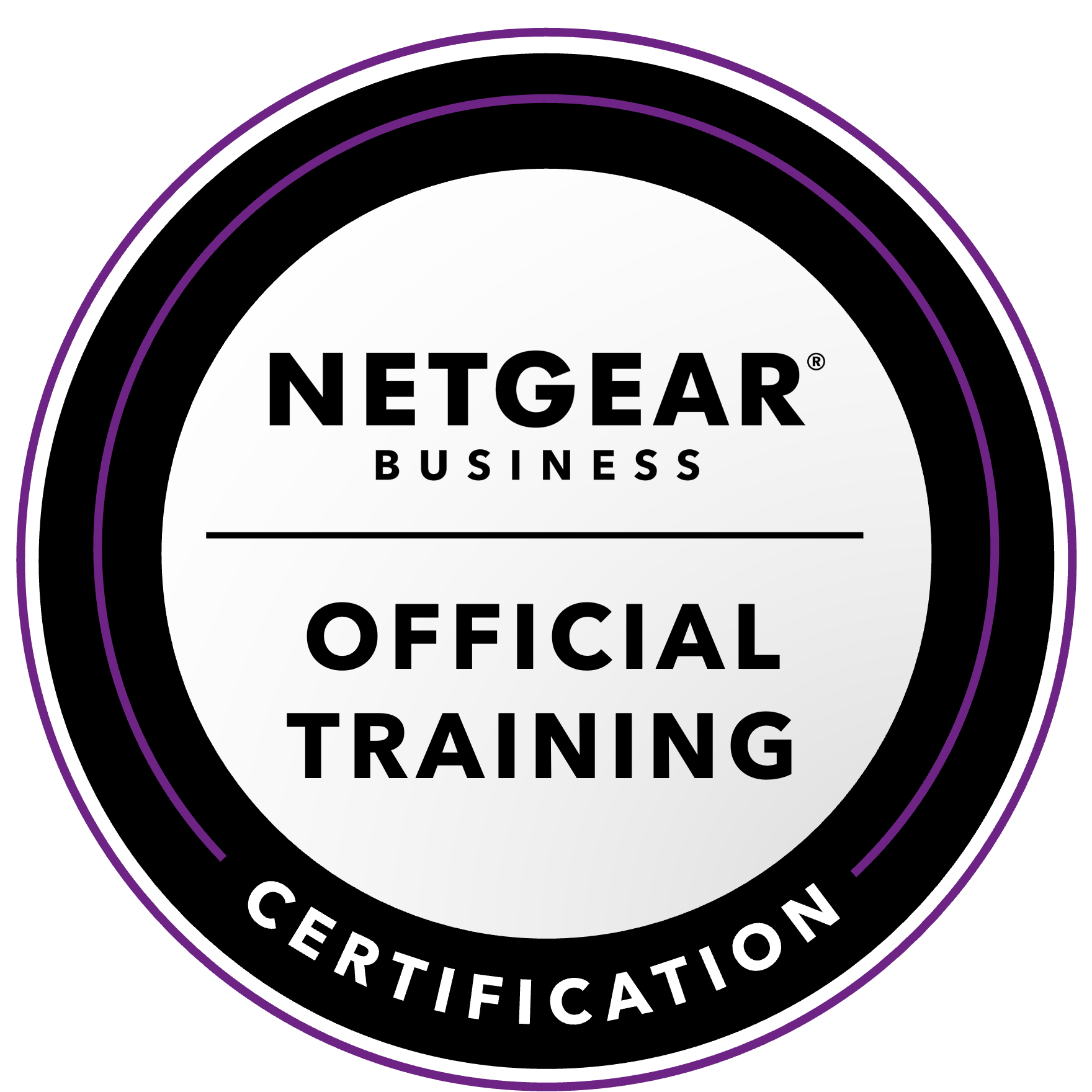NETGEAR is aware of a growing number of phone and online scams. To learn how to stay safe click here.
Forum Discussion
berillio
Jun 10, 2025Aspirant
RN214, query on a 2nd vertical expansion
Hello Forum Simply query, just checking. Can I carry out a “vertical expansion” more than once? I have a RN214 ( 6.10.3, X-RAID) which already went from 4x 4TB to 4x8TB, and I am just about t...
berillio
Jun 10, 2025Aspirant
I did not say but the RAID is near full, 21.00TB shown on the pie in Volumes (with 0 snapshots). For Info, the SCRUB I just run took almost 32 hours. Is that roughly the time which will be needed for any resinch operation? I just thought of another way of doing this which maybe quicker,
- a) buy the other 2x 12 TB ( 2days, say, to receive them)(actually I just ordered them);
- b) fit my existing 12TB on a PC which I have, which has 6 SATA slots;
- c) copy/move all the 20TB on these 2x 12TB. Than may need 21,000,000 / 80 (MB/sec) = 262500 seconds = 73hours, ~4days (I can start doing this while waiting for the new hdds to be delivered);
- d) ReadWriteVerify test the hdd(s) once thy arrive (~15h each);
- e) remove the 8TB drives frome the RN214, fit 2 of them to the PC, and copy over the contents of one of the 12TB which is now free;
- f) fit the NAS with 3x 12TB hdd and copy the data (another 4 days). After that, the data is availlable in a RAID in a protected state;
- g) wipe the 12TB left on the PC and fit it to the NAS (that would be an horizontal expansion). That will do ONE SINGLE resinch and should have a simple RAID 5 on the 4 hdd ( not a RAID+ RAID 1+ RAID 2 raid structure
Wouldn’t that be faster and simpler than doing the 3rd vertical expansion as I described earlier?
StephenB
Jun 10, 2025Guru - Experienced User
berillio wrote:Wouldn’t that be faster and simpler than doing the 3rd vertical expansion as I described earlier?
The number of RAID groups isn't really relevant to the speed, as every RAID group needs to be resynced when you replace a disk. I usually size the process by totalling up the disk reads/writes.
Just hot-swapping the disks in the NAS requires reading or writing every sector in the volume at every step (including the parity blocks). So
- 32 TB when you swap the first disk
- 40 TB when you swap the second
- 44 TB when you swap the third
- 48 TB when you swap the fourth
164 TB of total disk activity, which will take quite a while. Note each step takes more time than the one before it.
As far as the RAID is concerned, your process takes
- 36 TB to sync the initial 3x12TB volume
- 48 TB to sync and expand to 4x12TB
So 84 TB for that bit.
But copying the data to the 2x12 disks at the beginning requires 42 TB of disk I/O (21 TB of reads and 21 TB of writes), the second transfer to the 8 TB drives requires another ~20 TB of copying (assuming about 10 TB of data on the source 12 TB drive). And 42 more TB to transfer the data back to the NAS. A total of 114 TB of disk I/O for the copying.
So your process requires more disk I/O than hot-swapping, not less. Though this is distributed across two devices, so in practice the wall clock time is likely similar.
That said, copying the data to the PC first is safer, because you have no RAID protection during the hot-swap process. If one of the 8 TB drive fails during the hot-swap process you lose all your data. Personally I think that maintaining data safety is more important than the amount of time the process takes.
What you could maybe consider is leaving two of the 12 TB drives in the PC. Then you'd stop the NAS expansion at 2x12TB + 2x8 TB. You'd gain only 4 TB of storage, but that would still give you 25% free space. This would look like
- insert 2x12 TB in the PC and copy the data from the NAS (42 TB of disk I/O)
- hot swap one 12 TB drive and and resync (32 TB)
- hot-swap the second 12 TB drive and resync (40 TB)
- add at least one of the 8 TB disks to the PC to give more free space there, and back up the NAS to the PC on schedule
Total disk I/O is 114 TB, so less than either of the two methods above. Later on, you can continue the expansion by hot-swapping two more 12 TB drives to the NAS (and maintaining enough disk space in the PC to keep the files backed up).
FWIW, I am ignoring the disk test time, since you'd be doing that no matter what path you pick. Personally I run the extended read test, followed by a full (single-pass) write test on each disk before I put it into my NAS. That would take more than 15 hours with a 12 TB drive. I have had some out-of-the-box drives that pass one of these tests but fail the other.
Related Content
- Sep 07, 2016Retired_Member
NETGEAR Academy

Boost your skills with the Netgear Academy - Get trained, certified and stay ahead with the latest Netgear technology!
Join Us!
